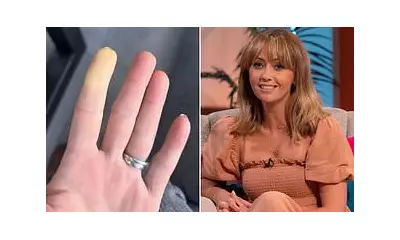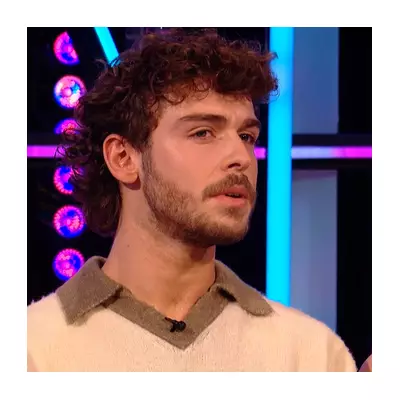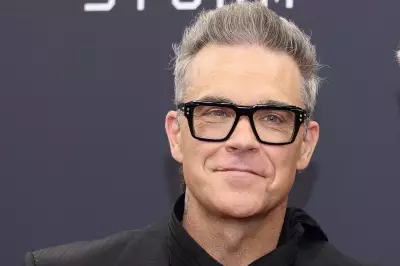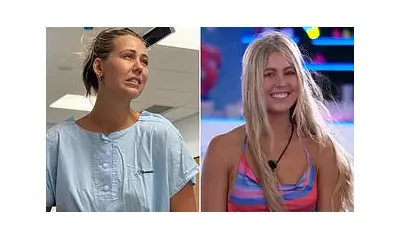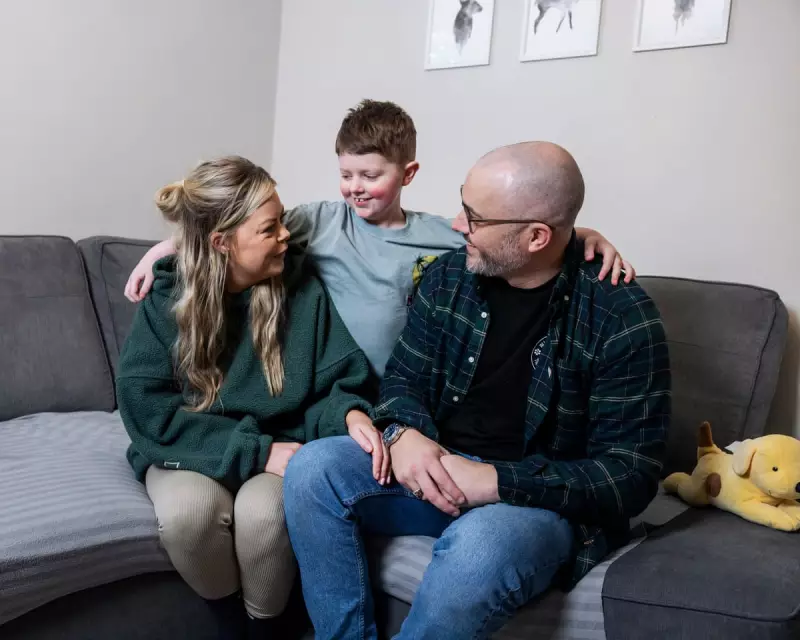
Corby's Fight for Answers on Childhood Cancer and Toxic Waste
Alison Gaffney and Andy Hinde's world was shattered in 2018 when doctors diagnosed their 17-month-old son, Fraser, with a rare type of leukaemia. What followed was a gruelling two-year battle involving chemotherapy, radiotherapy, immunotherapy, and a stem cell transplant. Against the odds, Fraser, then aged three, made what his family describes as a miraculous recovery.
As Fraser grew stronger, his mother, now 36, found herself unable to rest. She was haunted by comments made by hospital consultants at the time of his diagnosis. "It keeps us up at night wondering how Fraser got his cancer," one had told her. This uncertainty propelled Gaffney on a quest for answers that would connect her family's personal tragedy to a much larger, decades-old issue in their hometown of Corby, Northamptonshire.
The Toxic Legacy of a Steel Town
The botched disposal of millions of tonnes of contaminated waste following the 1979 closure of Europe's largest steelworks in Corby has long cast a shadow over the community. A landmark 2009 civil case successfully linked the council's negligent clean-up of the site to a cluster of birth defects in local children during the 1980s and 1990s. This story was later dramatised in the Netflix series Toxic Town.
Gaffney became increasingly convinced this historical environmental disaster was the key to understanding her son's illness. "[Fraser's cancer is] not genetic," she stated. "So what are the reasons? … It's got to be down to the town. All these kids [with] cancer. Everybody in this town knows somebody who's got a child [with] cancer. That's not normal."
She and her husband began reaching out to other families in Corby with similar heartbreaking stories, including some of Gaffney's former schoolmates. Together, they started compiling detailed records of those affected. This grassroots effort has now evolved into a formal campaign representing approximately 130 families with cases of childhood cancer dating all the way back to 1988.
A Campaign for Transparency and Testing
The group has been relentlessly calling on the local authority to investigate any potential links between the cases of childhood cancer and the decommissioning of the steel plant. In a significant development, public health officials are due to publish their analysis at the end of this month, examining whether Corby, with a population of 70,000, has experienced a disproportionate number of childhood cancer cases.
"All we want is to try and protect future people so they do not have to endure the pain that we've been through," said Gaffney.
The campaign received a major boost recently when North Northamptonshire council agreed to test land for potential contamination and investigate where the toxic waste was dumped. Gaffney described a meeting with council staff as a "major step forward", though she was shocked to learn that the council admitted it had no documentation showing where the waste sites might be located beyond the known Deene Quarry location.
The 2009 court judgment confirmed that between 1983 and 1997, contaminated materials were transported across Corby, with toxic waste dropped on public roads and substantial quantities of dust created. However, Gaffney and others believe waste was dumped at multiple sites across the town, not just the official quarry.
The council has since committed to full transparency, announcing the formation of a working group that will include Gaffney to examine public health and contamination issues. Council leader Martin Griffiths said the meeting "marked the start of the parties' commitment to work together in an open, positive and constructive way for the benefit of Corby residents".
Other families have echoed the call for action. Tonia Shalgosky, whose nine-year-old daughter Bella was diagnosed with blood cancer in June, spoke of the visceral pain of the crisis. "I had to shave my nine-year-old daughter's head because her hair was falling out," she said. "This can't be normal."
The campaign's resolve is strengthened by every new family that comes forward. "Now, every family that comes through, I'm listening to their stories and it's so hard," Gaffney reflected. "Each time it just chips away and then makes your fight stronger, because you're thinking: 'We've got to find answers for these children.'"

